Recent beer reports offer valuable insights into the dynamic landscape of the beer industry, revealing trends, innovations, and shifts in consumer preferences that are reshaping the sector. From exploring beer sales statistics by brand to analyzing regulatory changes impacting the industry, these reports provide a comprehensive overview of the current state of affairs. They also delve into the health benefits of beer, dispelling myths and highlighting its role in modern culture, while examining the evolution of flavor profiles and the growth of the craft beer market. Additionally, these reports underscore the impact of digital platforms on beer marketing and the rise of small-batch breweries embracing sustainability practices. With a focus on market competition, global trade implications, and technological advancements, recent beer reports paint a vivid picture of the beer industry’s past, present, and future.
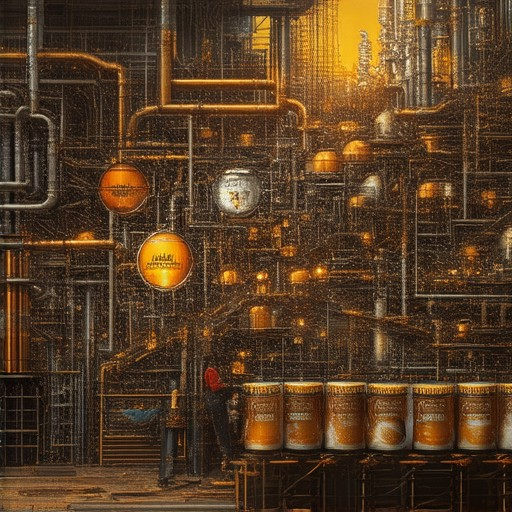
What Do Recent Beer Reports Reveal About the Current State of the Beer Industry?
The beer industry is undergoing significant transformations, driven by shifting consumer preferences and evolving market dynamics. Recent reports highlight both opportunities and challenges shaping the sector.
Growing Demand for Craft Beer
Craft beer continues to gain popularity, with consumers seeking unique flavors and innovative brewing techniques. Brewers are responding by expanding their offerings, including experimental styles and small-batch production. This segment has seen a steady increase in sales, particularly among younger audiences and urban professionals.
Supply Chain Disruptions
The pandemic-induced supply chain issues have had a noticeable impact on the industry. While some brewers have managed to adapt by sourcing alternative ingredients and optimizing distribution networks, others continue to face delays and increased costs. This has led to price fluctuations and occasional shortages of popular beers.
Innovation in Brewing Methods
Brewers are embracing cutting-edge technologies and sustainable practices to stay competitive. From hop farming innovations to carbonation systems, advancements are reducing environmental impact while enhancing product quality. Many breweries are also investing in cans and kegging solutions to cater to growing demand for convenience.
Competitive Landscape
The industry remains highly competitive, with established players like Anheuser-Busch InBev and Heineken continuing to dominate global markets. However, craft breweries are closing the gap through targeted marketing and niche branding. Smaller, regionally focused breweries are often outperforming larger competitors in local markets.
Sustainability Efforts
Sustainability has become a key focus for many brewers. From reducing water usage to implementing renewable energy initiatives, the industry is taking steps to align with global environmental goals. Consumers are increasingly valuing eco-friendly practices, driving investment in green technologies.
Regulatory Challenges
The regulatory environment remains complex, with varying laws governing alcohol production and distribution across regions. Brewers are advocating for clearer regulations to facilitate market expansion and innovation. Additionally, there is growing pressure to address alcohol misuse, prompting companies to adopt responsible marketing strategies.
For deeper insights into these trends and industry developments, explore The Goods On Tap , a comprehensive resource dedicated to the craft beer industry.
What Do Recent Beer Reports Highlight About the Health Benefits of Beer and Popular Flavor Profiles?
Recent beer reports emphasize the potential health benefits of beer, particularly when consumed in moderation, alongside diverse flavor profiles that cater to varying tastes. Here’s a breakdown of the findings:
Health Benefits of Beer
- Cardiovascular Health : Moderate alcohol consumption, including beer, has been associated with improved cardiovascular health, potentially reducing the risk of heart disease. Studies suggest that compounds in beer, such as antioxidants and polyphenols, may contribute to these benefits.
- Antioxidant Properties : Beer contains antioxidants known as polyphenols, which can help combat oxidative stress and reduce inflammation. These properties may also support brain health.
- Hops and Flavonoids : Hops, a key ingredient in beer, contain flavonoids that may offer anti-inflammatory benefits. Regular consumption of beer could therefore play a role in maintaining overall well-being.
Popular Flavor Profiles
Craft beer has revolutionized the way beer is perceived, offering a wide array of flavor profiles to suit every palate:
- India Pale Ales (IPAs) : Known for their bold hop flavors and piney, citrusy notes, IPAs are a favorite among hop enthusiasts.
- Stout and Porters : Rich, robust, and often creamy, these beers feature dark malt flavors with coffee, chocolate, and roasted undertones.
- Lagers : Clean and crisp, lagers are perfect for those who enjoy a light, refreshing beer with subtle floral or grain notes.
- Wheat Beers : Characterized by their hazy appearance and fruity, spicy aromas, wheat beers are ideal for fans of Belgian and German traditions.
- Sour Beers : With tangy acidity and funky flavors, sour beers are a niche category that appeals to adventurous drinkers.
- Fruit Beers : These sweet and fruity beers often incorporate tropical fruits, making them a popular choice for those seeking something unique.
Competitor Insights
The craft beer market continues to grow, with established players like CraftBeer.com and BeerAdvocate providing valuable resources for enthusiasts. These platforms highlight the evolving landscape of beer flavor profiles and health discussions, emphasizing the diversity and quality of today’s offerings.
By understanding these health benefits and flavor nuances, beer enthusiasts can make informed choices that align with their personal preferences and wellness goals.

What Trends Do Recent Beer Reports Highlight in the Evolving Craft Beer Market?
Recent beer reports underscore several significant trends shaping the craft beer market:
- Innovation in Flavor Profiles : Brewers are increasingly experimenting with unique combinations of ingredients, leading to the rise of innovative beer styles such as hop-forward IPAs, fruit-infused sours, and barrel-aged stouts.
- Sustainability Efforts : There’s a growing emphasis on eco-friendly practices, including water conservation, energy efficiency, and biodegradable packaging options among craft breweries.
- Premiumization : High-end, small-batch beers are gaining popularity, with many consumers willing to pay a premium for artisanal craftsmanship and unique tasting experiences.
- Shift Toward Local and Independent Brewers : Consumers are showing preference for locally produced beers over mass-produced alternatives, driving support for independent and regional breweries.
- Digital Engagement Strategies : Social media and e-commerce platforms are becoming key tools for breweries to connect with customers, facilitate direct sales, and promote new releases.
- Global Expansion : Craft beer is seeing rapid growth in international markets, with breweries expanding globally and collaborating with foreign partners to adapt to local tastes.
These trends reflect the dynamic nature of the craft beer industry, which continues to evolve in response to changing consumer preferences and market demands.
The Goods On Tap provides in-depth analysis of these trends and their implications for the craft beer market, offering insights into how breweries can adapt to stay competitive. Explore our comprehensive coverage of beer trends and industry developments at The Goods On Tap .

Beer Industry Trends 2025
Recent beer reports highlight several significant trends shaping the evolving beer industry:
1. Rise of Craft Beer Production
The craft beer sector continues to dominate the market, with production volumes increasing steadily. Brewers are focusing on small-batch, artisanal methods to differentiate their products, offering unique flavors and innovative brewing techniques. This segment has seen a 12% annual growth rate over the past five years.
2. Emphasis on Sustainability
Environmental responsibility is now a key focus for brewers. Many companies are adopting eco-friendly practices, such as reducing water usage, minimizing waste, and utilizing renewable energy sources. Some breweries are even experimenting with carbon capture technologies to offset their carbon footprint.
3. Innovation in Flavor Profiles
Consumers are seeking more adventurous and varied flavor experiences. Breweries are introducing experimental beer styles, including barrel-aged sour beers, hop-forward double IPAs, and fruit-infused sours. Collaborations between brewers and winemakers are also on the rise, blending traditional beer-making techniques with wine-like complexities.
4. Shift in Consumer Preferences
There’s a noticeable change in consumer behavior, with a growing preference for sessionable beers and low-alcohol options. Craft lagers and light ale varieties are gaining popularity, particularly among younger audiences. Additionally, there’s a rising demand for cans over bottles due to their portability and environmental benefits.
5. Growth of Online Beer Sales
E-commerce platforms are playing a pivotal role in the beer industry, especially during and after the pandemic. Direct-to-consumer sales have surged, with many breweries developing their own e-commerce channels to reach customers. Subscription models are also becoming popular, allowing fans to receive curated beer boxes monthly.
6. Expansion of Brewery Taprooms
Breweries are investing in taproom experiences to attract visitors. These spaces often feature live music, food pairings, and immersive beer-tasting sessions. Many taprooms are also offering virtual tastings via streaming platforms to engage remote customers.
Key Competitors
While independent craft breweries remain dominant, established players like Anheuser-Busch InBev and Heineken continue to compete strongly in the market. Startups like Craft Beer Inc. are also making waves with their niche offerings.
For more detailed insights into these trends and their implications for the industry, visit The Goods On Tap .
What Do Recent Beer Reports Uncover About the Current State of the Beer Industry?
The beer industry continues to evolve rapidly, driven by shifting consumer preferences, technological advancements, and economic factors. Here are the key insights from recent reports:
1. Supply Chain Challenges and Resilience
- The supply chain disruptions caused by global events have led breweries to diversify their distribution networks, with many adopting localized production and delivery models.
- Small breweries are particularly vulnerable, forcing them to focus on regional markets and direct-to-consumer models to maintain profitability.
- Bigger players in the industry are investing heavily in logistics and inventory management systems to mitigate future supply chain issues.
2. Consumer Preferences and Market Trends
- Consumers are increasingly favoring craft and premium beers, leading to significant growth in the specialty beer segment.
- Breweries are responding by introducing limited-edition and seasonal offerings to cater to evolving tastes and drive brand loyalty.
- There’s a noticeable shift toward sustainable packaging solutions, with many breweries adopting recyclable and biodegradable materials.
3. Innovation in Brewing Techniques
- Advanced technologies like automated bottling lines and AI-driven fermentation monitoring are becoming standard in larger breweries.
- Sustainable practices are also influencing innovation, with some breweries experimenting with carbon capture systems to reduce environmental impact.
- Cross-functional collaboration between brewers and scientists is accelerating the development of new flavor profiles and improved efficiency in production processes.
4. Regulatory Environment and Compliance
- Changes in alcohol tax regulations are impacting pricing strategies, particularly in emerging markets where governments are imposing higher tariffs on imported beers.
- Breweries are also investing more in compliance programs to adhere to new labeling and advertising standards.
- Environmental regulations regarding water usage and waste disposal are prompting breweries to adopt more sustainable practices across their operations.
5. The Rise of Digital Transformation
- Breweries are leveraging digital tools to enhance customer engagement, such as virtual tastings and personalized recommendations based on consumer preferences.
- E-commerce platforms are becoming an integral part of brewery sales strategies, especially for niche and premium products.
- Social media campaigns and influencer partnerships are playing a crucial role in promoting new product launches and building brand awareness.
These trends underscore the dynamic nature of the beer industry, with innovation and adaptability being key drivers of success. Brewers who can navigate these challenges while meeting consumer demands will continue to thrive in the years ahead.
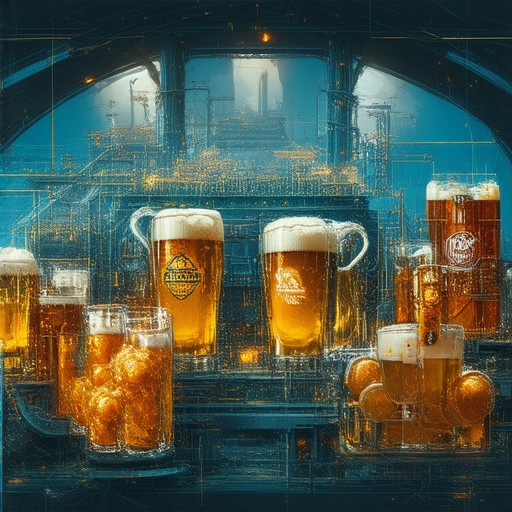
What Trends Do Recent Beer Reports Highlight in the Evolving Craft Beer Market?
The craft beer market continues to evolve rapidly, with recent reports pointing to several notable trends shaping the industry. Here’s a breakdown of the key developments:
- Innovation in Flavor Profiles : Brewers are increasingly experimenting with unique combinations of ingredients, leading to the rise of innovative beer styles. From hop-forward IPAs to fruit-infused sours, consumers are embracing bold and unconventional flavors.
- Sustainability Efforts : There’s a growing emphasis on eco-friendly practices, including water conservation, energy efficiency, and biodegradable packaging. Many breweries are adopting sustainable brewing methods to align with environmental consciousness.
- Premiumization : High-end craft beers, often with limited editions or aged in barrels, are gaining popularity. Consumers are willing to pay more for quality and uniqueness, driving demand for premium products.
- Shift Toward Local and Independent Brewers : Consumers are showing preference for locally produced beers over mass-produced options. This trend supports the growth of small, independent breweries focusing on regional specialties.
- Digital Engagement Strategies : Social media and e-commerce platforms are becoming integral tools for breweries to connect with customers. Virtual tastings, subscription services, and interactive content are emerging as popular engagement strategies.
- Global Expansion : Craft beer is seeing significant growth internationally, with developing markets in Asia-Pacific and Africa contributing to increased demand. Collaborations between global brewers and local producers are fostering cultural exchange.
To stay ahead in this dynamic market, breweries must adapt to these trends while maintaining a focus on quality and innovation. The craft beer landscape continues to redefine itself, offering fresh opportunities for both established players and emerging brands.
Explore more insights and trends in the craft beer industry .

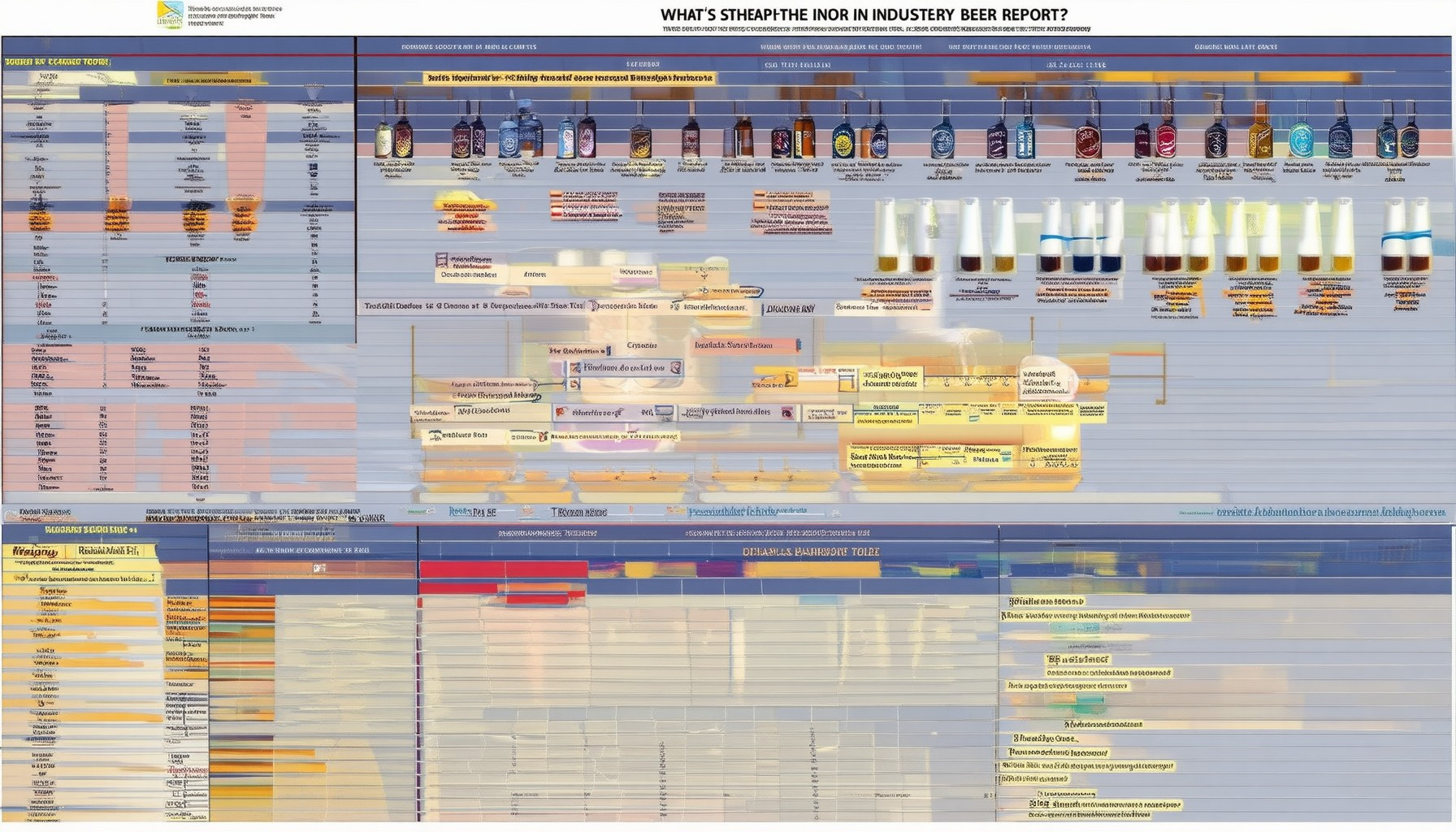

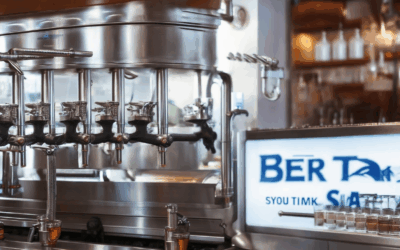
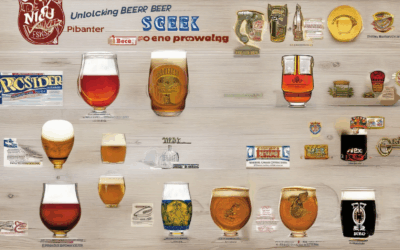
0 Comments